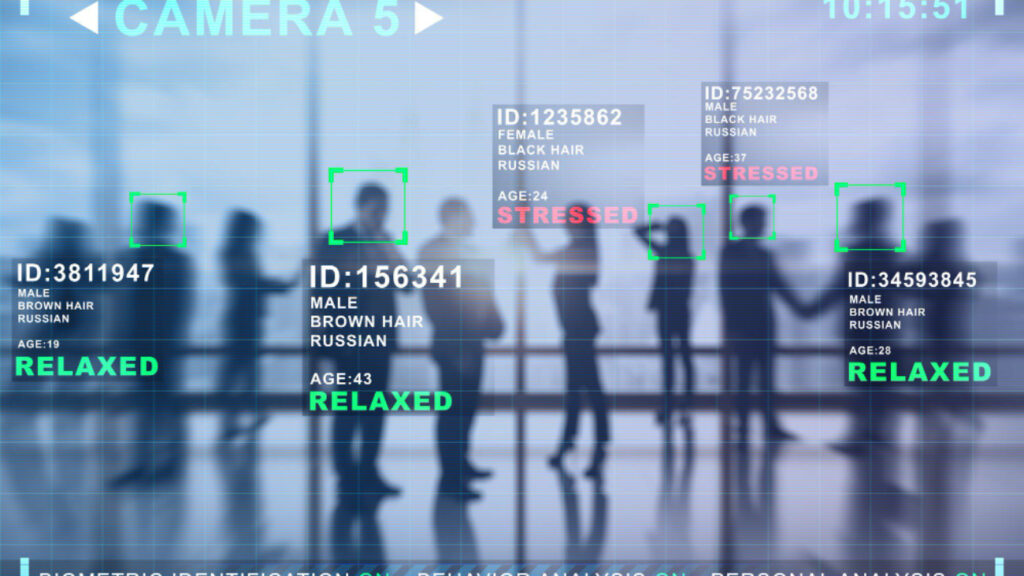The need for robust security is high in today’s digitized world stated by Bahaa Abdul Hussein. Traditional access control methods using key cards or PIN codes don’t cut it. The solution: Biometric fusion.
Combining multiple biometric modalities, this technology offers a more reliable solution for access control in various environments. Familiarizing with the concept of biometric fusion, its applications and the factors for successful implementation is a necessary step towards a secure world.
What is Biometric Fusion?
Biometrics refers to the unique biological characteristics of an individual used for identification or verification. Common biometric modalities include fingerprints, facial recognition, iris scans, voice recognition and gait analysis.
Biometric fusion combines data from two or more of these modalities to create a multi-layered authentication process. This layered approach significantly reduces the risk of unauthorized access compared to relying on a single biometric modality.
Benefits of Biometric Fusion for Access Control
Biometric fusion offers several advantages over traditional access control methods:
- Enhanced Security: Combining modalities makes it significantly harder for unauthorized individuals to gain access, even if they possess a stolen key card or PIN.
- Reduced Reliance on Credentials: Biometric data is inherent to an individual and cannot be easily lost, stolen or forged, unlike physical credentials.
- Improved Accuracy: No two individuals share the same combination of biometric traits, leading to a more accurate identification process compared to single-factor authentication.
- Convenience: Biometric verification can be faster and more user-friendly than traditional methods, especially for large groups of people.
Applications of Biometric Fusion in Access Control
Biometric fusion finds use in various access control scenarios. The specific modalities used in a biometric fusion system will depend on the level of security required and the application:
- Physical Security: Securing entry points to buildings, restricted areas or high-value assets.
- Logical Security: Controlling access to computer systems, networks and sensitive data.
- Financial Transactions: Verifying identity for ATM withdrawals, high-value online purchases or mobile banking applications.
- Border Control: Expediting passenger clearance and enhancing security at airports and border crossings.
Considerations for Implementing Biometric Fusion
While biometric fusion offers significant advantages, there are factors to consider for successful implementation:
- Cost: Biometric systems can be expensive to install and maintain compared to traditional methods.
- Data Privacy: Collecting and storing biometric data raises privacy concerns.
- User Acceptance: Some users might be apprehensive about biometric data collection.
- Scalability: The system should be able to accommodate a growing number of users and integrate with existing security infrastructure.
Conclusion: A Secure Future for Access Control
Biometric fusion represents a significant advancement in access control technology. The combination of multiple biometric modalities helps organizations to create a more secure and convenient access experience.
As this technology continues to evolve, we can expect even more sophisticated and user-friendly solutions shaping the future of access control. Thank you for your interest in Bahaa Abdul Hadi Blogs. For more information, please visit www.bahaaabdulhadi.com







